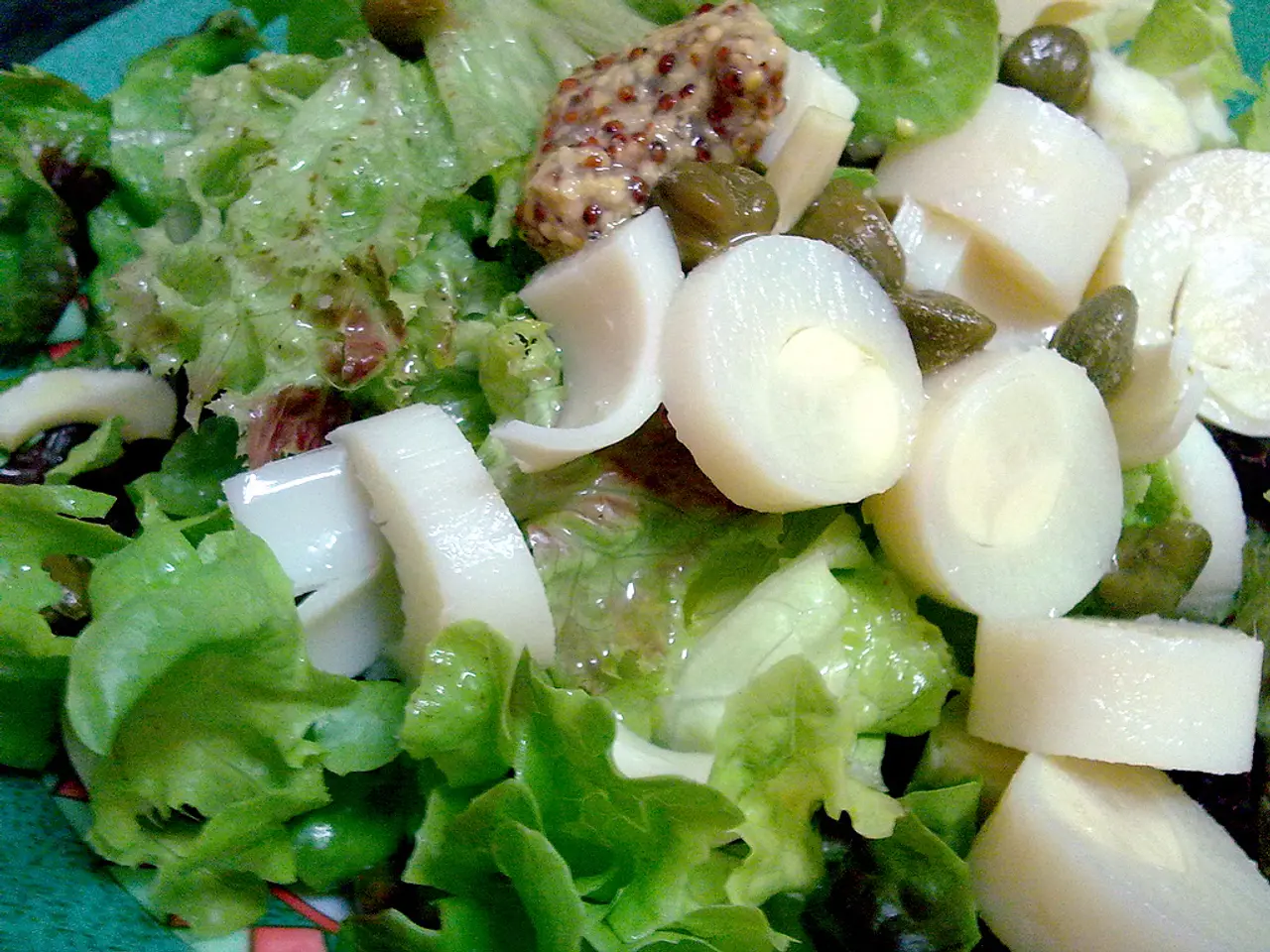Glycolysis in gastric cancer is hindered by the novel protein, circUBE2G1
In a groundbreaking study, researchers have identified a novel protein encoded by a circular RNA named circUBE2G1, which plays a crucial role in suppressing the metabolic pathway of glycolysis in gastric cancer cells.
The circUBE2G1 protein, according to the study, interacts with the ENO1 enzyme, a key glycolytic enzyme that catalyzes the conversion of 2-phosphoglycerate to phosphoenolpyruvate. This interaction modulates glycolytic flux, thereby suppressing the enhanced glycolysis typically observed in gastric cancer cells.
The findings reveal that the circUBE2G1 protein suppresses glycolysis in gastric cancer, leading to reduced lactate production, diminished glucose uptake, and ultimately, impaired cell proliferation. This metabolic suppression reflects a tumor-suppressive role of the circUBE2G1 protein.
The inverse correlation between circUBE2G1 protein expression and tumor aggressiveness in patient-derived tissue samples further supports this tumor-suppressive role. Overexpression of circUBE2G1 or its protein product in gastric cancer cell lines resulted in marked suppression of glycolytic activity, while knockdown experiments reversed this effect.
The researchers employed a multi-layered experimental approach, including bioinformatic analyses, proteomic mass spectrometry, structural modeling, and co-immunoprecipitation assays to characterise this novel protein. The study enriches the evolving narrative about the role of circular RNAs in cancer progression.
As this research gains traction, efforts to characterise other circRNA-encoded proteins and their roles across diverse cellular processes are anticipated. The discovery that circUBE2G1 yields a protein capable of modulating key metabolic enzymes injects a surprising twist into the biology of circRNAs and tumor metabolism.
The aberrant activity of ENO1, a key glycolytic enzyme, has been frequently observed in cancers and is associated with tumor aggressiveness and poor prognosis. The findings of this study underscore the therapeutic promise held by targeting metabolic vulnerabilities through unconventional molecular players.
The circUBE2G1 protein could serve as a blueprint for next-generation metabolic inhibitors that are both precise and potent in the battle against gastric cancer. This work heralds a new chapter in cancer metabolism research, focusing on the crosstalk between RNA species and enzymatic regulators.
The team responsible for this study includes Li Wei, Zhang Hua, Chen Ming, Wang Lei, and Liu Jie. As the understanding of the role of circular RNAs in cancer progression continues to grow, so too does the potential for innovative and effective treatments for gastric cancer.
Read also:
- Nightly sweat episodes linked to GERD: Crucial insights explained
- Antitussives: List of Examples, Functions, Adverse Reactions, and Additional Details
- Asthma Diagnosis: Exploring FeNO Tests and Related Treatments
- Unfortunate Financial Disarray for a Family from California After an Expensive Emergency Room Visit with Their Burned Infant








